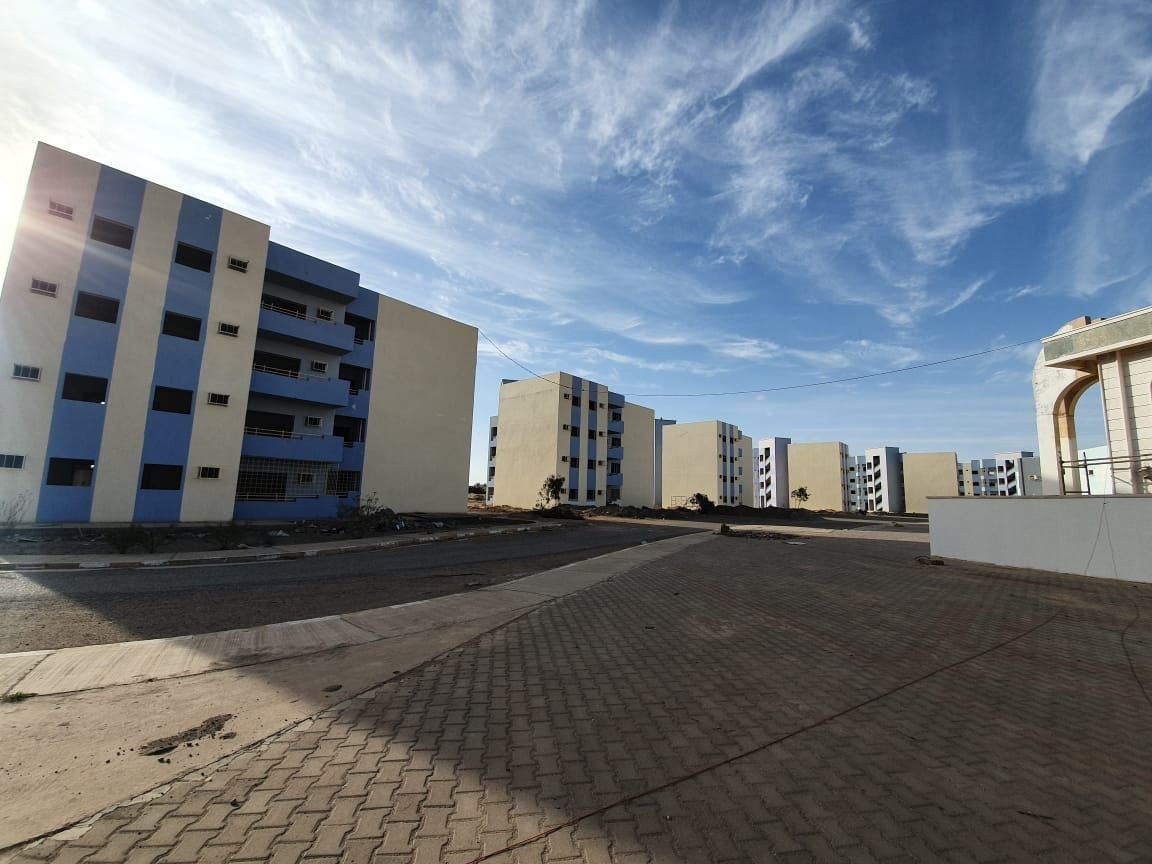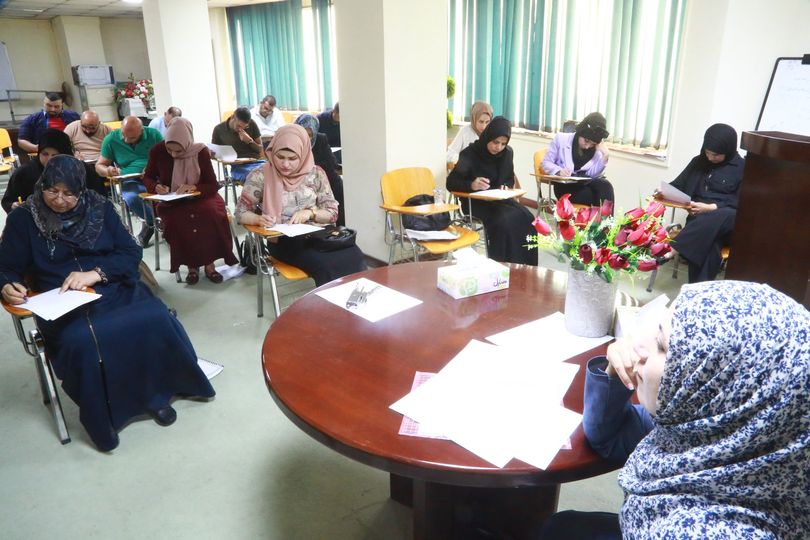The Directorate of Housing, Planning and Follow-up Department, Training and Development Division, one of the formations of the Ministry of Construction, Housing and Public Municipalities, organized a symposium entitled (types of road failures, their causes and methods of treatment).
The employees of the Ministry’s formations participated in it, and the curriculum of the symposium was delivered by Eng. Esraa Lutfi Ibraheem from the Authentication and Engineering Consultations Department at the Directorate of Housing headquarters, on Thursday morning, 4/8/2022.
The lecturer talked about several specialized scientific and engineering topics, including defects and distortions of both types, structural defects and functional defects, and the causes that lead to these defects, which are:
Alligator cracking – block cracking – longitudinal and transverse cracks – rutting- patching – pothole – shoving – depressions – bumps and sags – corrugation –joint reflection cracking – swell – polished aggregate – raveling and weathering– patch utility cut – bleeding or asphalt eruption – edge cracking – slippage cracks –lane-shoulder drop-off and railway crossings.
A description of each type of failure, methods of measurement, possible causes of occurrence and recommendations for treatment were also mentioned. The explanation was accompanied by the presentation of drawings illustrating the shape of the defect and signed on the pavement layer, and video clips showing the methods of treatment for each failure.
The estimation of the level of leadership according to the severity levels for each type of failure was also mentioned and tables were included showing the intensity levels according to (width, depth, area and diameter) with tables showing the maintenance methods for each type of failure and according to its severity and intensity.
The lecturer explained the means of improving and strengthening the asphalt mixtures and surfaces, because the maintenance costs are very high, so it is necessary to search for ways and means of manufacturing asphalt mixtures to remain resistant for a period of time up to (30-40) years as a minimum estimate.
And categorized it like this:
A. Adding polymers or additives to asphalt, for example, rubber powder, which works on:
– Reduces reflective cracks and thus reduces maintenance costs.
– Improves the resistance to cracks that appear in the pavements.
-Improves resistance against rats.
– Increases pavement life.
– Increases friction resistance.
-Reduces the level of road noise from tires.
-Take advantage of damaged tires for the purpose of improving roads.
Where the recommendation was to establish a unit for polymers next to each asphalt plant because its prices are appropriate and the benefit is great.
B. Reinforcement of asphalt layers (or even dirt) by adding networks of rubber geogrid used in the covering of Baghdad Airport Road in 1989.
C. Adding metal reinforcement nets manufactured in a special way to be able to resist all tensile forces caused by ruts or cracks of all kinds. A 20-km-long section was executed on the (Amman-Baghdad) road.
The symposium concluded with discussions with the attendees about the new additives and some methods used in the design of asphalt concrete mixtures and the extent to which these methods are applied in international and neighboring countries, achieving very good results in terms of resistance and answering all the attendees’ questions with a specialized professionalism. The attendees thanked the lecturer for the arrangement, presentation methods and amount of knowledge that was presented during the symposium.




